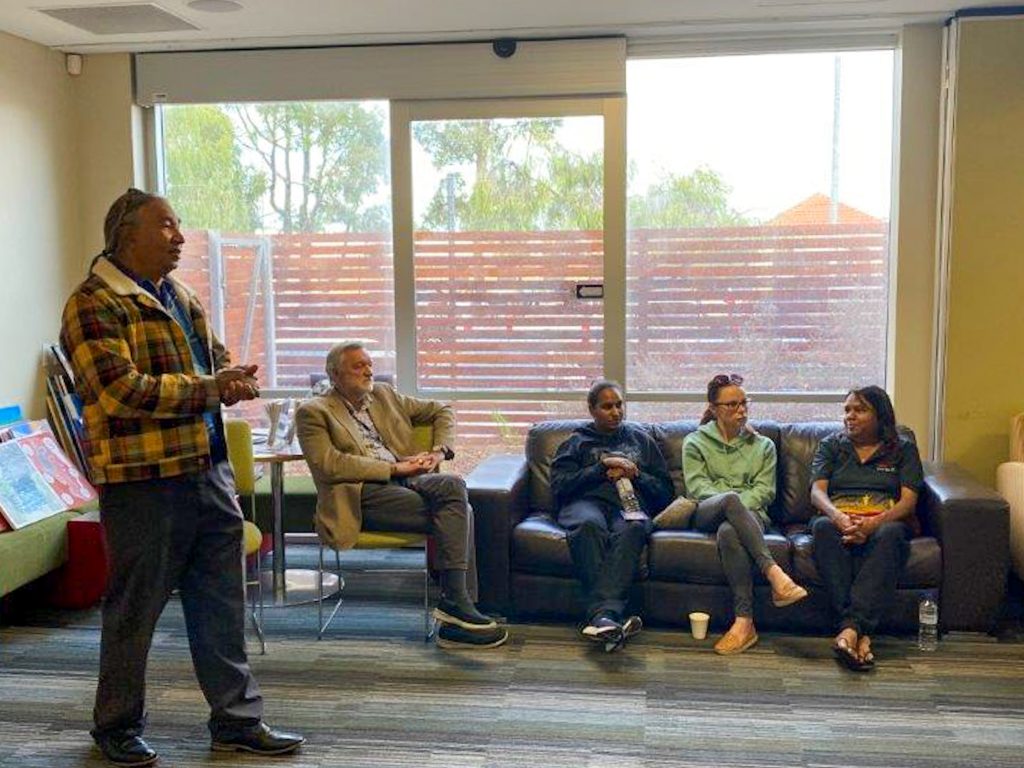To accelerate vaccination efforts within populations that may be more vulnerable to the effects of COVID-19, including Aboriginal populations, we have worked with more than 100 partners around the State.
Aboriginal people in Australia have higher rates of chronic health conditions and less access to primary care services which increases their risk of poor health outcomes if they are infected with COVID-19.
On behalf of the Australian Government Department of Health and Aged care, WAPHA allocated more than half a million dollars in funding to organisations committed to increasing vaccination rates within Aboriginal populations.
With a focus on finding local solutions to local challenges and building on existing relationships with health care providers, commissioned services, and non-government organisations, this

included working with more than 35 non-traditional partners from mining, the public sector, Aboriginal Community Controlled Health Services, consumer and sporting groups to drive vaccination rates.
One of the initial activities funded by WAPHA saw well-known local doctor, Dr William Walker, host a yarning session at Nidjalla Waanga Mia.
Thirty Aboriginal community members from Kwinana and the Peel region arrived to ask questions and voice their concerns about the COVID-19 vaccine program.
Early in the vaccine program Aboriginal people were cautious about receiving COVID-19 vaccines due to negative views circulating within the community.
This resulted in disproportionate vaccination rates in WA – as early as October 2021 – statistics showed more than 90 per cent of people in Perth’s affluent suburbs had been double dose vaccinated while remote communities with high Aboriginal populations struggled to hit 25 per cent.
WAPHA was tasked with a supportive role to drive vaccination rates in Aboriginal communities.
Funding went to local solutions that saw individuals like Dr William Walker join with local elder George Walley to combat vaccine hesitancy one person at a time.
Following that yarning session four people booked in to receive their vaccines and a follow up yarning session was organised for elders who couldn’t attend.
This was just one activity among many that saw GPs across the State administering door-to-door vaccinations, running after-hours and walk in vaccination clinics, and hosting yarning circles and other culturally appropriate activities to provide vaccine education.
Today, Aboriginal vaccination rates in the WA outback now sit at more than 80 per cent – a marked increase from the rates recorded in October last year.
